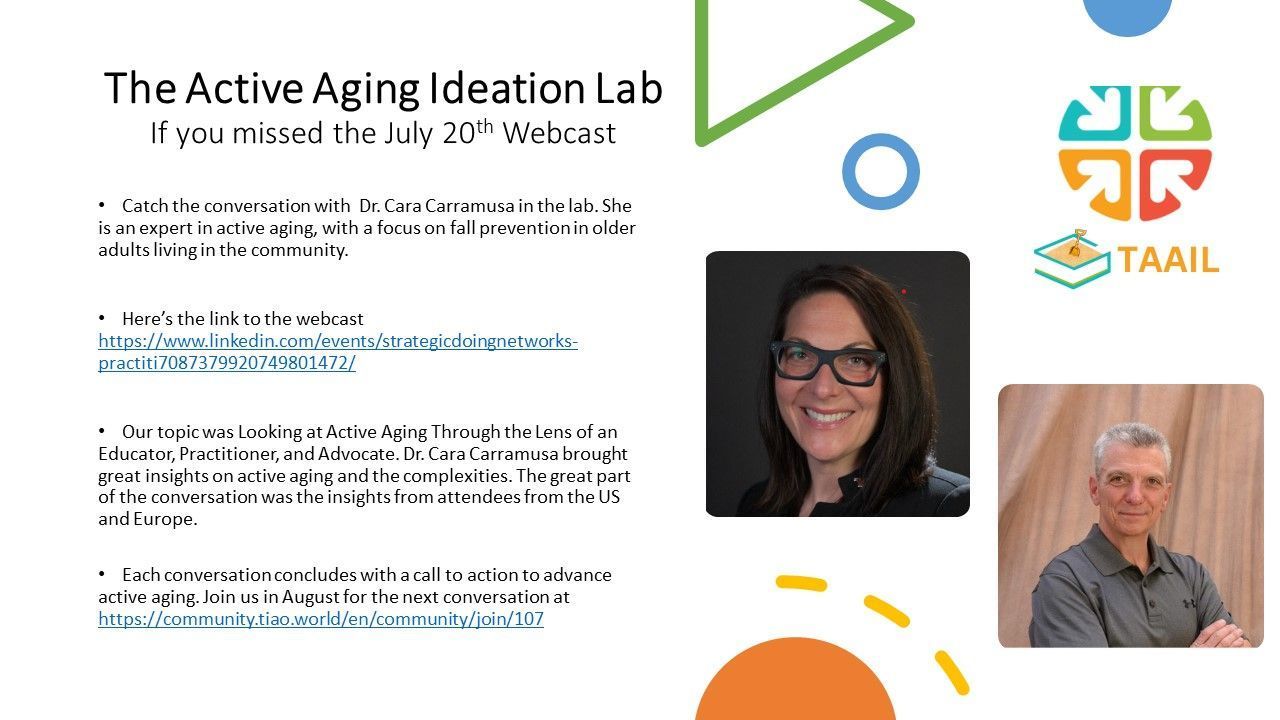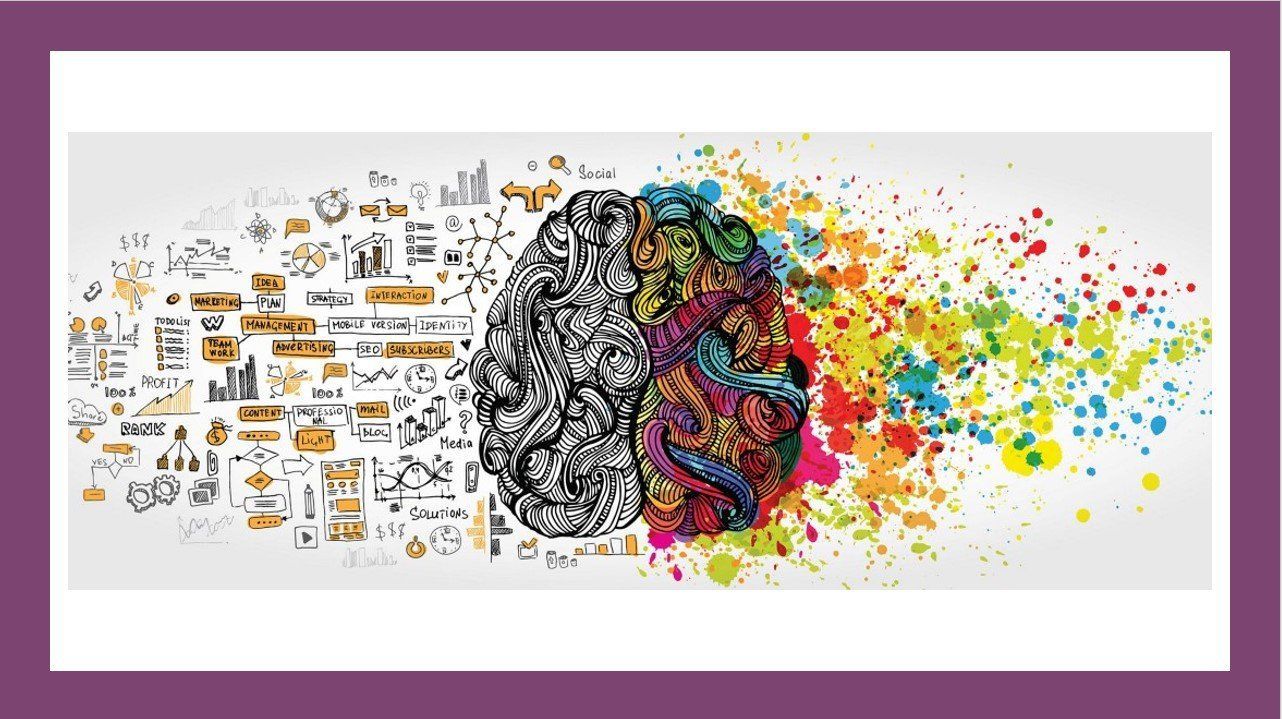Blog
Blog
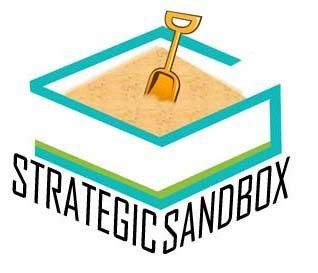
By bkolenich1
•
November 21, 2022
The book, Business Model Generation, by Osterwalder and Pigneur, is an older book but is still valuable today as we work to adapt, create, or reinvent our businesses, post-COVID. In addition, it is a necessary consideration for those working to lay the groundwork to create or develop collaborative ecosystems or start-ups. I read the book back in 2011 and played with the model throughout the years, some with success and others not so much. I found it to be an invaluable approach to creating and communicating a new initiative. As well as to strategically rethink and evaluate the next steps with systematic depth. One example is in creating the Mahoning Valley Lifelong Institute (MVLLI), and active aging eco-system. I used the tool to develop the rationale, partnerships, and potential opportunities for the MVLLI early on and continues to evolve throughout the next several years. In short, the Business Model Canvas is built on nine integrated sections that are developed through structure questions that are well-integrated. · The first section, Customer Segments, is the core of the model, used to define the customer segments that you will serve. · Value Propositions outline the products or services that create value and attract each customer that you will serve. · The connection between your customer segments and value propositions is made by channels, which share how you will influence, communicate, and deliver the defined value to your customers. In short, channels are the touch points with your customers. · Customer Relationships talks about how you will build relationships and sales with each of your segments. · Revenue Streams list your sources of revenue. · Key Resources describes that assets or resources needed to make your business model work, which can be physical, financial, intellectual, or human. · Key Activities shows the essential activities that you need to do to make the business model work. An example that is one of all our minds could be supply chain management. · Key Partnerships your network needed to grow and prosper. · Cost Structure outlines the fixed and variable costs involved in running the business. While the Business Model Canvas is a powerful visual tool for teaming, in building the MVLLI, I used it as an individual planning tool that I would evolve along the way to guide discussions for its growth and to eventually support a successful one-million-dollar capital and endowment campaign that successfully concluded in 2016. Later, as I grew in using agile strategies such as Strategic Doing, it aligned with framing the conversations that raised monies to further endow programming and partnerships. The Business Model Generation is an older, but still, very relevant book that supports systematic, agile thought, as we work to figure out our next moves in a post-COVID World. The Strategic Sandbox can assist in training, leading workshops, or coaching. Contact me to learn more.
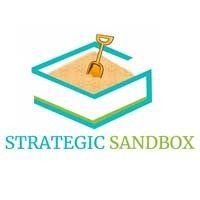
By bkolenich1
•
October 5, 2022
Innovation as a Process-Part One By Brian Kolenich Organizations will say that they are strategically innovative or state it through a core value or a core competency, but how do they systematically demonstrate it. Focusing on strategy, moving your organization to a culture of innovation, can be defined by two overarching questions “where are we going and how are we going to get there.” 1 These two questions define strategy, or in other words what you want to occur or achieve. Strategy, alone, does not guide us on how we will arrive there. Process and planning assist in setting up the pathway. They are the building blocks for strategy. So how can we develop a process to support a strategy for innovation. 1 An effective and systematic process requires a set of linked activities or steps that are repeatable. 2 Understanding the components of a process is the first step. The Baldrige Performance Excellence Program best outlines the four components of an effective process in its Criteria called ADLI. 2 · Approach is defined by the Baldrige as the method an organization uses to carry out a process. · Deployment is the extent that an organization applies the approach/process throughout the organization. · Learning is how an organization refines a process, with routine cycles of evaluation and improvement. · Integration , the fourth component, looks at how a process is integrated into your organization’s needs and other processes, which may also support strategy. Applying ADLI to effectively define “how” you manage innovation is the first step and may be a big step. In a recent LinkedIn post by Elvin Turner, innovation expert and author of Be Less Zombie, believes that “most ideas fail at the execution stage inside organizations. He states that “one key reason is a lack of good process.” He also points out a surprising statistic “that around 90% of the people (he) works with say their organization doesn’t have a process – or if it does, it’s ineffective.” I have seen these factors play out in my operational experience and in my role as a Baldrige Examiner for the past twenty years. Understanding ADLI can create an effective process, which is crucial to any strategy’s success. So, what are some other of the barriers to those with a well-deployed, effective process for innovation? One significant barrier is how we operate in hierarchies and think vertically. With this, Strategic Doing notes that in hierarchies the thinking is usually done at the top of the organization, with the doing delegated lower in the organization, as the graphic below shows.
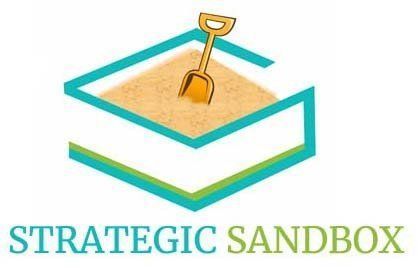
The Strategic Sandbox
Location
Youngstown, Ohio
Entire United States - We will travel to bring the training to you.
Site PoweredBy: theEZwebSolutions.com



